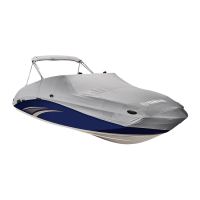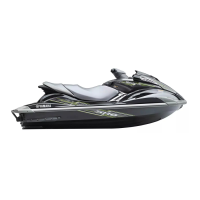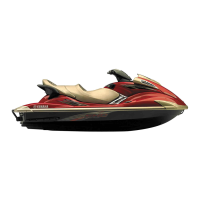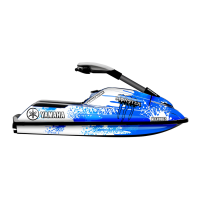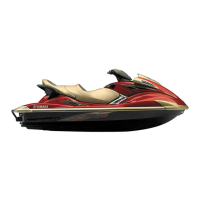N
Nathan FinleyAug 3, 2025
What to do if the starter motor does not turn over on my Yamaha SX210?
- EEric TurnerAug 3, 2025
If the starter motor on your Yamaha Boat isn't turning over, here are a few things to check: * Make sure the rear platform hatch is securely latched. * Ensure the remote control lever is in the neutral position. * Verify that the battery switch is turned on. * Check for and tighten any poor terminal connections. * Replace the fuse and check the wiring, if the fuse is burned out. * Recharge the battery if it's run down. If none of these steps work, the starter component may be faulty and should be serviced by a Yamaha Boat Dealer.



